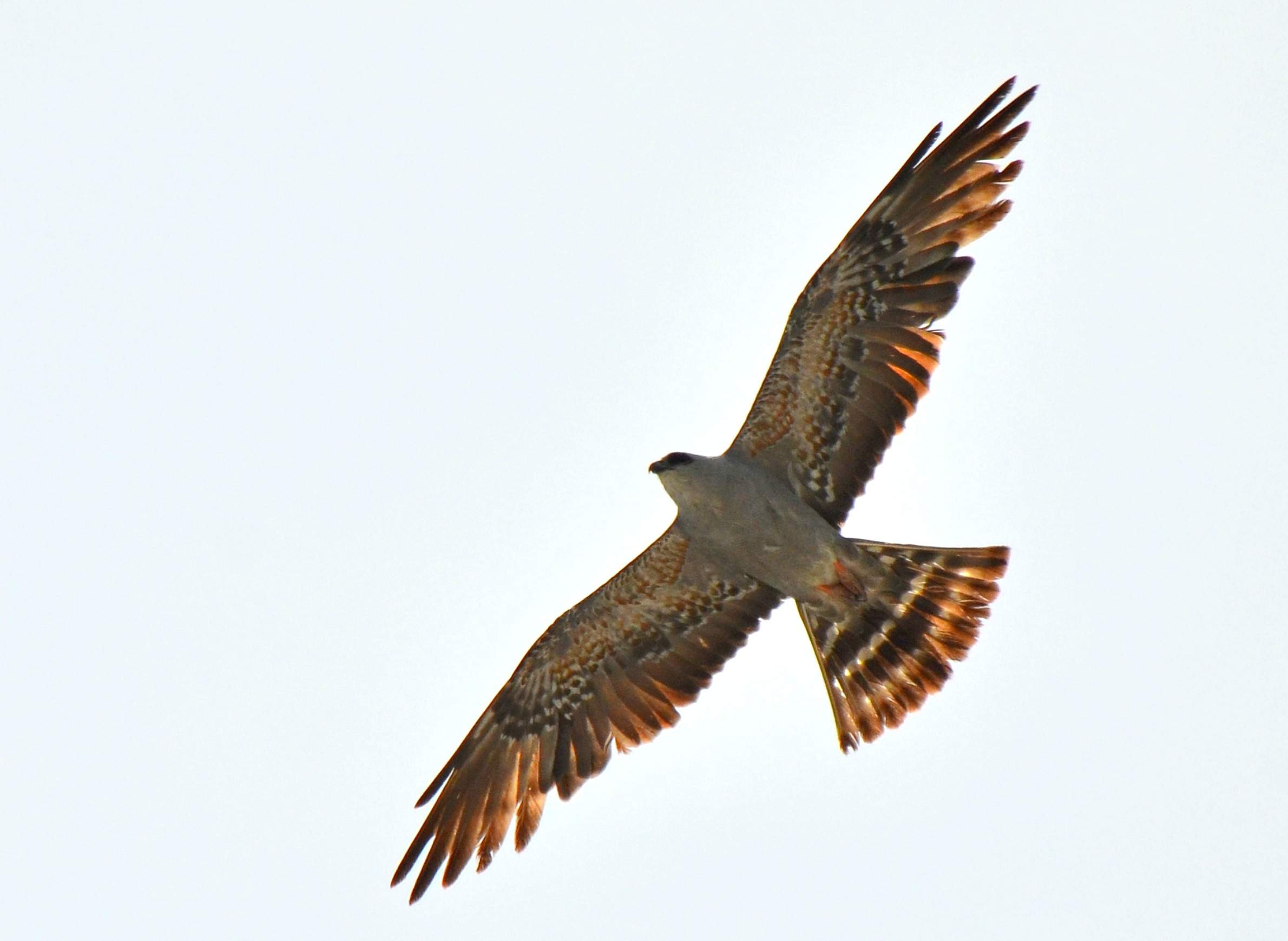
New Birds Nesting In Wisconsin, DNR Survey Finds

Wisconsin's bird populations are changing in some unusual ways, according to new findings published by the state Department of Natural Resources.
The DNR recently released the findings from the second year of a five-year effort to compile an updated bird atlas for the state. The Wisconsin Breeding Bird Atlas II is a follow up on the 1995-2000 survey that resulted in a reference book of Wisconsin bird species.
Nick Anich, breeding bird atlas coordinator and conservation biologist with the DNR, said this year volunteers spotted 239 species, 220 of which were nesting. Overall, there were 11 new species to Wisconsin, which Anich said is high.
"The first atlas confirmed 226 bird species breeding over six years of fieldwork, so to have 11 in the first two years is kind of a surprise," he said.
Brady Carlson: One of the most surprising finds was the Mississippi Kite, a bird which had not been seen in this state, at least not in that first atlas.
Nick Anich: They are nesting in nearby Rockford, Illinois, so we kind of had our eye out for that species. In general, that's a bird species that typically breeds in the bottomland hardwoods of the southeast United States, but over the last couple decades we've been seeing them push north and also west as they move into a little bit more suburban nesting habitats.
They're a raptor and they're really graceful — they swoop around. A lot of their prey (are) dragonflies and cicadas. It's very unusual to even see them at all in this state, because we're north of their normal range. It's not very often you have a species nest (when it's) so rare to even see one in the state.
Another bird that seems to have an expanded range now is the Merlin, which is a small falcon. And a number of birds that have higher populations in this atlas are predators like peregrine falcons and bald eagles. Do we know why those populations are growing?
Well, one possible reason is all these birds were at the top of the food chain, and they were negatively affected by DDT. That was banned in 1970 in Wisconsin, and so I think part of this expansion we're seeing in greater populations is these species doing better now.
While this survey has spotted a number of new species, a few found in the first atlas more than a decade ago haven't been seen in this current survey. What are we not seeing so far, and are there any theories yet as to why?
We're actually doing pretty well compared to the first year. There's only three species found in more than two blocks during the first atlas that we haven't confirmed yet — Le Conte's sparrow, American widgeon, and white-winged crossbill. White-winged crossbill is what we call an eruptive species, so they only come out of Canada some years. We haven't really had a good year for them yet. American widgeon is a duck that is kind of a rare nester around here; we're not really in the heart of their breeding range, so that's not too surprising. And then Le Conte's sparrows I'm sure breed in the state every year but they're very secretive. They can be found in wet meadows and hay fields, and they have a distinctive song but they're pretty hard to get a look at, which is probably why we haven't confirmed nesting yet.
You've had thousands of volunteers observing these birds already, but not in every corner of the state. Where are you looking to get observers as you prepare for year three?
As you might expect, we have the most volunteer effort in the populated southeast area of the state. We have pretty big gaps up north and also on the west edge of the state. But with two years in, there are still spots we need surveyed everywhere. If someone's interested in participating, there's no doubt (there's) a breeding bird atlas block near them.
Wisconsin Public Radio, © Copyright 2023, Board of Regents of the University of Wisconsin System and Wisconsin Educational Communications Board.


